Contact Us
Ballagh NS, Kilrooskey, Co. Roscommon F42 CF90
Phone: 09066 25884
Email: ballaghns1@gmail.com
Latest News
- Christmas Raffle
- Special Visitor warmly welcomed
- National Schools 5 A-Side Soccer Competition
- Rocking Around the Christmas Tree
- Viking Workshop
- Science Workshop in Mercy College Roscommon
- Green Schools – Global Citizenship Marine Environment
- Halloween in Ballagh NS
- Developing our Outdoor Classroom
- Roscommon Mobile Library Visits Ballagh National School

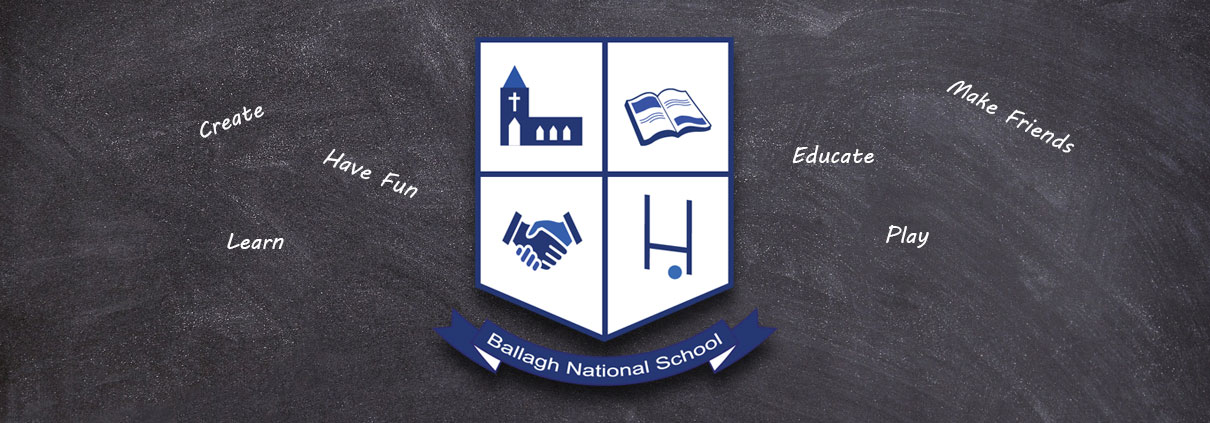
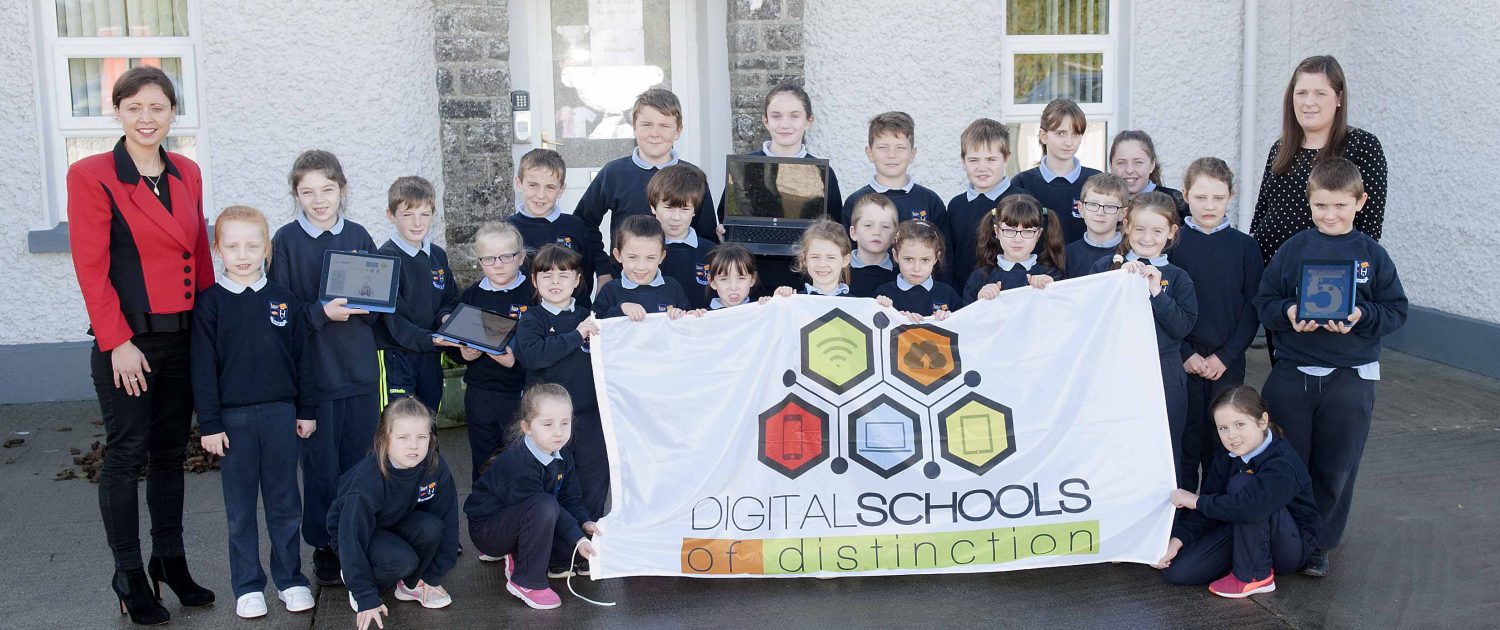
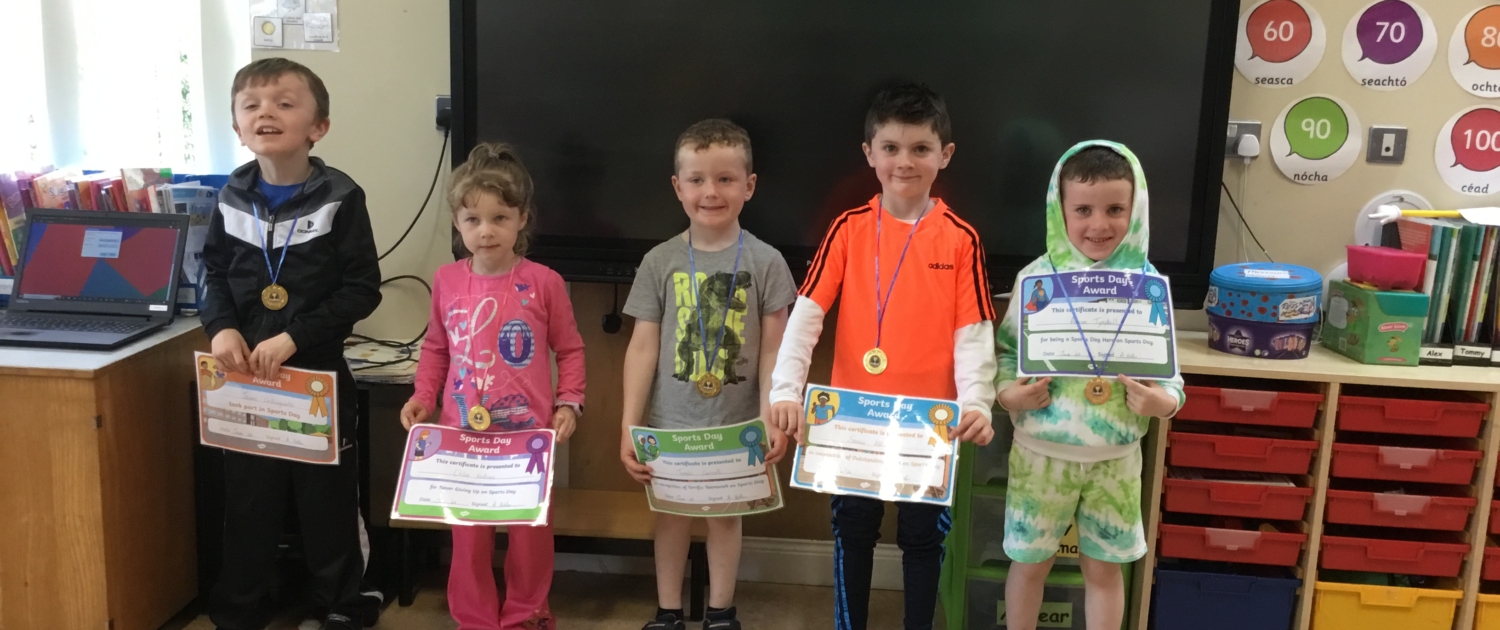
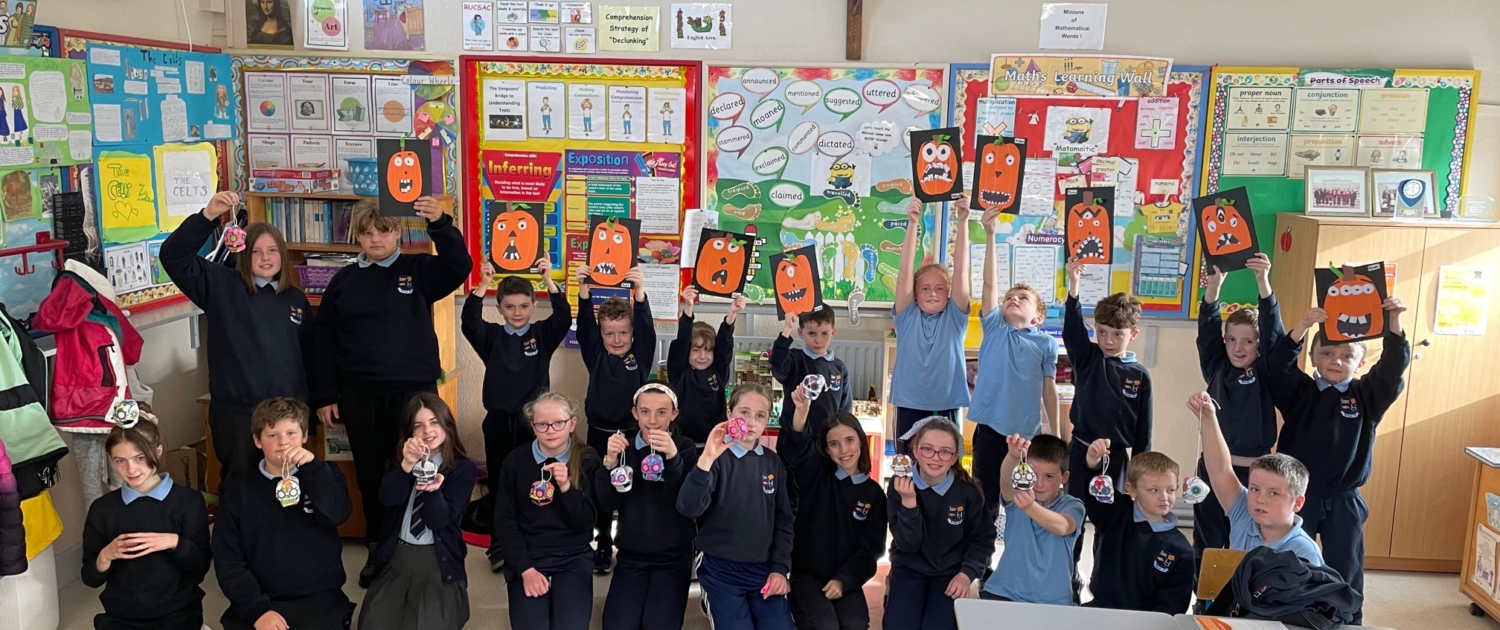
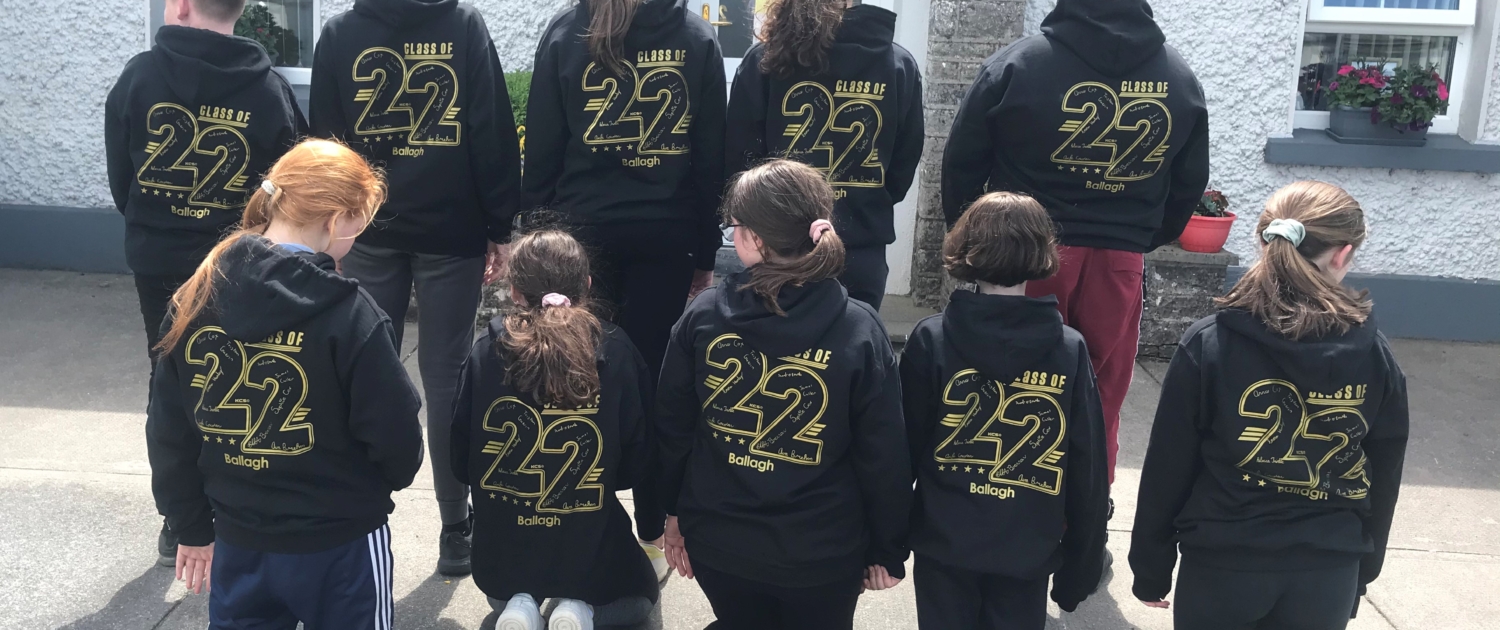
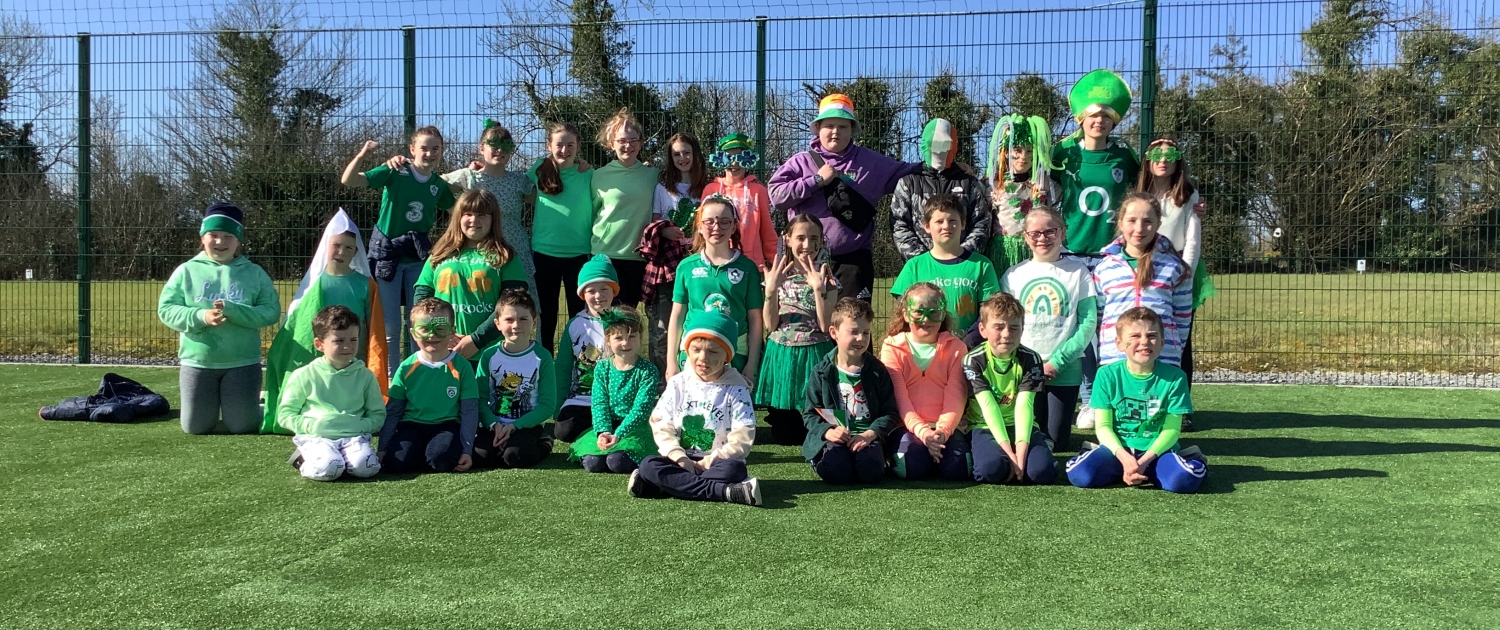







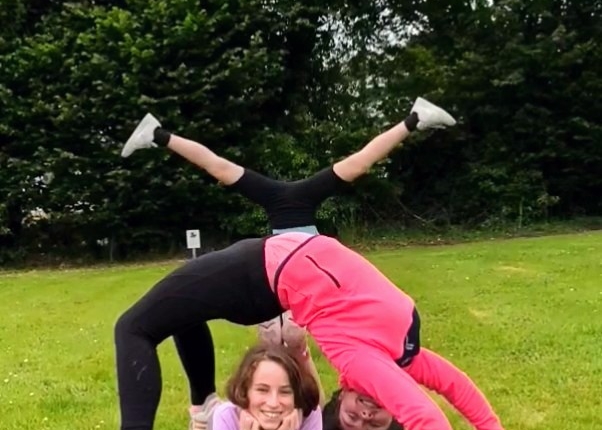





Kilgefin Community Games Winners
/in School News /by Ballagh NsBallagh NS studends had great success in Kilgefin Community Games events this year and pictured below are some of winners, proudly wearing their medals for Art, Handwriting, Athletics, Ball Throw and Shot Putt!! Well done to everyone who took part!
Active Schools Week-
/in School News /by Ballagh NsDeveloping our Fundamental Movement Skills- Junior Basketball, Soccer, Gaelic & Athletic Skills
Basketball Blitz
/in School News /by Ballagh Ns